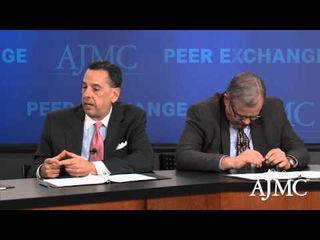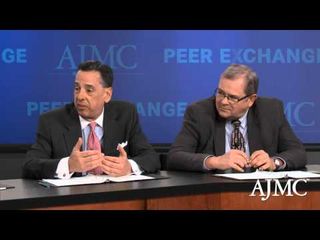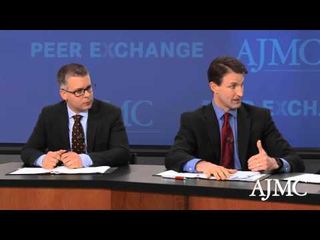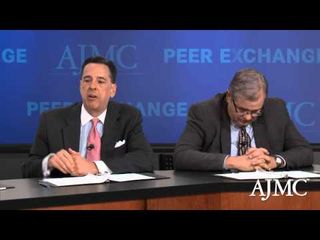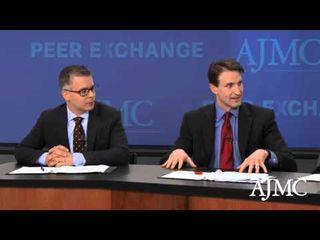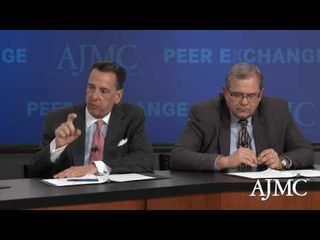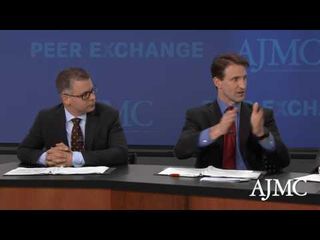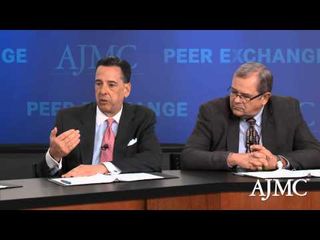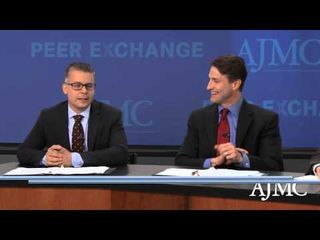
Health Care Cost
Latest News

What We’re Reading: Biden to Extend PHE Once More; High Court Rejects Pharma Suits; 988 Calls Soar
Latest Videos

CME Content
More News

The Chinese government warns of backlash for countries requiring COVID-19 testing of travelers from China; monoclonal antibody drugs show some promise against infectious diseases, but costs need to be lower; the role of FDA and Biogen in approving Alzheimer drug Aduhelm is detailed in a scathing Congressional committee report.

The addition of adalimumab biosimilars to formularies can help accelerate realized savings as the blockbuster drug Humira faces competition from multiple biosimilars, including 1 approved interchangeable biosimilar.

Incidence of Parkinson disease in North America was 50% higher than previous estimates of 60,000 diagnoses annually.
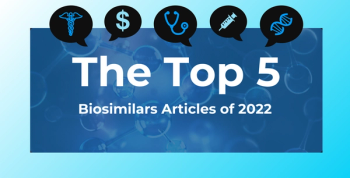
The top biosimilars content of 2022 reviewed perceptions around switching to a trastuzumab biosimilar, drug costs, and the successful implementation of biosimilars in practice.

Most older US adults have concerns about emergency department visit affordability. Lower income, being uninsured, poor or fair physical/mental health, and younger age were associated with increased concerns.

The effects of the COVID-19 pandemic were clear in the US national health care expenditure analysis of spending last year, as federal spending dropped, but health care use rebounded in 2021.

The novel coalition was announced at the Institute for Healthcare Improvement (IHI) Forum, which took place December 4-7 in Orlando, Florida.

A session at the 2022 American Society of Health-System Pharmacists Midyear Clinical Meeting & Exhibition reviewed some trends in the 340B drug pricing programs and Medicaid.

Costs are an adverse effect of treatment just like any other adverse effect, with slightly more patients worried about the financial impact of their cancer diagnosis than they are about actually dying from their disease, noted Fumiko Chino, MD, of Memorial Sloan Kettering (MSK) Cancer Center.
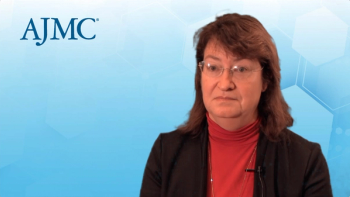
Once patients with HIV start treatment, pharmacists can play a key role in addressing patient accessibility and affordability of HIV treatments and promoting adherence, said Dena Behm Dillon, PharmD, AAHIVP, HIV clinical pharmacy specialist, University of Iowa Health Care.

Due to anticompetitive practices, the United States lags Germany and Switzerland in the number of biosimilars on the market, while also having substantially higher prices for both biosimilars and reference products.
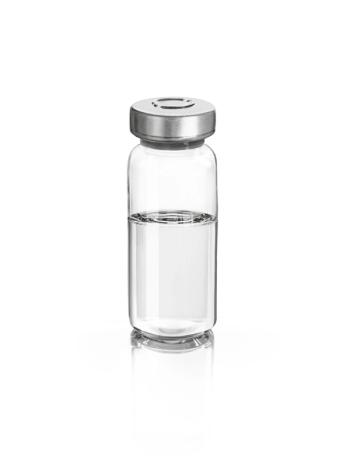
The increasing complexity and costs of oncology care and resulting patient financial toxicity is driving more health systems to adopt oncology stewardship principles in their pharmacy practices, according to a session at the American Society of Health-System Pharmacists (ASHP) 2022 Midyear Clinical Meeting & Exposition.
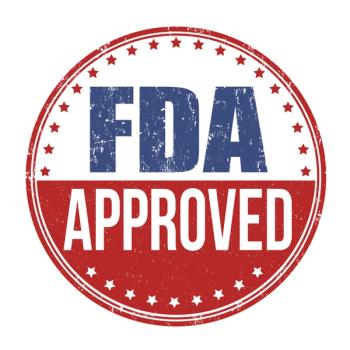
Ferring’s Rebyota, a novel first-in-class microbiota-based live biotherapeutic, has been approved by the FDA for the prevention of recurrence of Clostridioides difficile infection (CDI) in individuals 18 years and older, following antibiotic treatment for recurrent CDI.

Melissa O'Connor, PhD, MBA, RN, FGSA, FAAN, endowed professor in community and home health nursing, M. Louise Fitzpatrick School of Nursing, Villanova University, and director, Gerontology Interest Group, addressed barriers related to access, cost, and knowledge impeding technology use in home health.

Tam C. Phan, PharmD, AAHIVP, assistant professor of clinical pharmacy, USC School of Pharmacy, talks about how HIV pre-exposure prophylaxis (PrEP) therapies in the pipeline address disparities in patient access and adherence.

Patients with Medicare Advantage (MA) were 1.5 times more likely to die within a month of surgical removal of their stomach or liver, and twice as likely to die within a month of oncologic surgery of the pancreas, compared with patients with traditional Medicare.

There is a major role for telehealth in oncology care, not only for its convenience but also for giving clinicians the ability to scale nononcologic visits, explained Emeline Aviki, MD, MBA, FACOG, assistant attending gynecologic cancer surgeon at Memorial Sloan Kettering Cancer Center (MSKCC) in New York City and lead of the MSKCC Affordability Working Group.

Michael Thompson, president and CEO of the National Alliance of Healthcare Purchaser Coalitions (National Alliance), discussed findings of the survey that was presented at the National Alliance 2022 Annual Forum and what concerns employers and business coalitions had regarding the current state of health care cost, delivery, and coverage.

Stephen M. Schleicher, MD, MBA, chief medical officer at Tennessee Oncology, addresses the “huge problem” of financial toxicity among patients with cancer, which can be attributed in part to both the high price of targeted treatments and even from ordering only necessary testing.

An analysis of Medicaid coverage found that Mississippi was the only state not to provide coverage for human papillomavirus (HPV) vaccination in adults aged 27 to 45 years.

Findings suggest that Basaglar was not less expensive for patients than Lantus. Empirical evaluation of biosimilar costs prior to automatic substitution is necessary.

The analysis emphasizes the association between vaso-occlusive crisis frequency and health care costs, which are inflated largely due to inpatient visits.

Gene therapy is a novel approach to hemophilia A treatment that carries a substantial cost up front but may lead to cost savings compared with current prophylaxis agents in the long run.
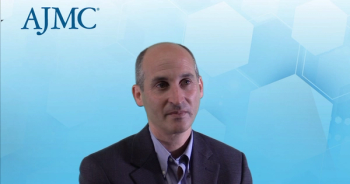
Daniel E. Weiner, MD, MS, board certified nephrologist and lead navigator at Tufts Clinical and Translational Science Institute, spoke on the limitations and future potential of value-based payment systems for chronic kidney disease (CKD), including the End-Stage Renal Disease (ESRD) Treatment Choices (ETC) Model and the Kidney Care Choices (KCC) Models.
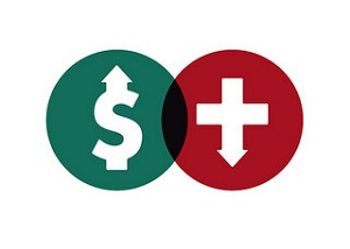
It has been 3 years since new kidney care payment models were announced by HHS, and at a session at Kidney Week 2022, the associate division director of nephrology at the University of Alabama at Birmingham described his organization’s participation in Kidney Care First, one of the value-based care models announced in 2019.



